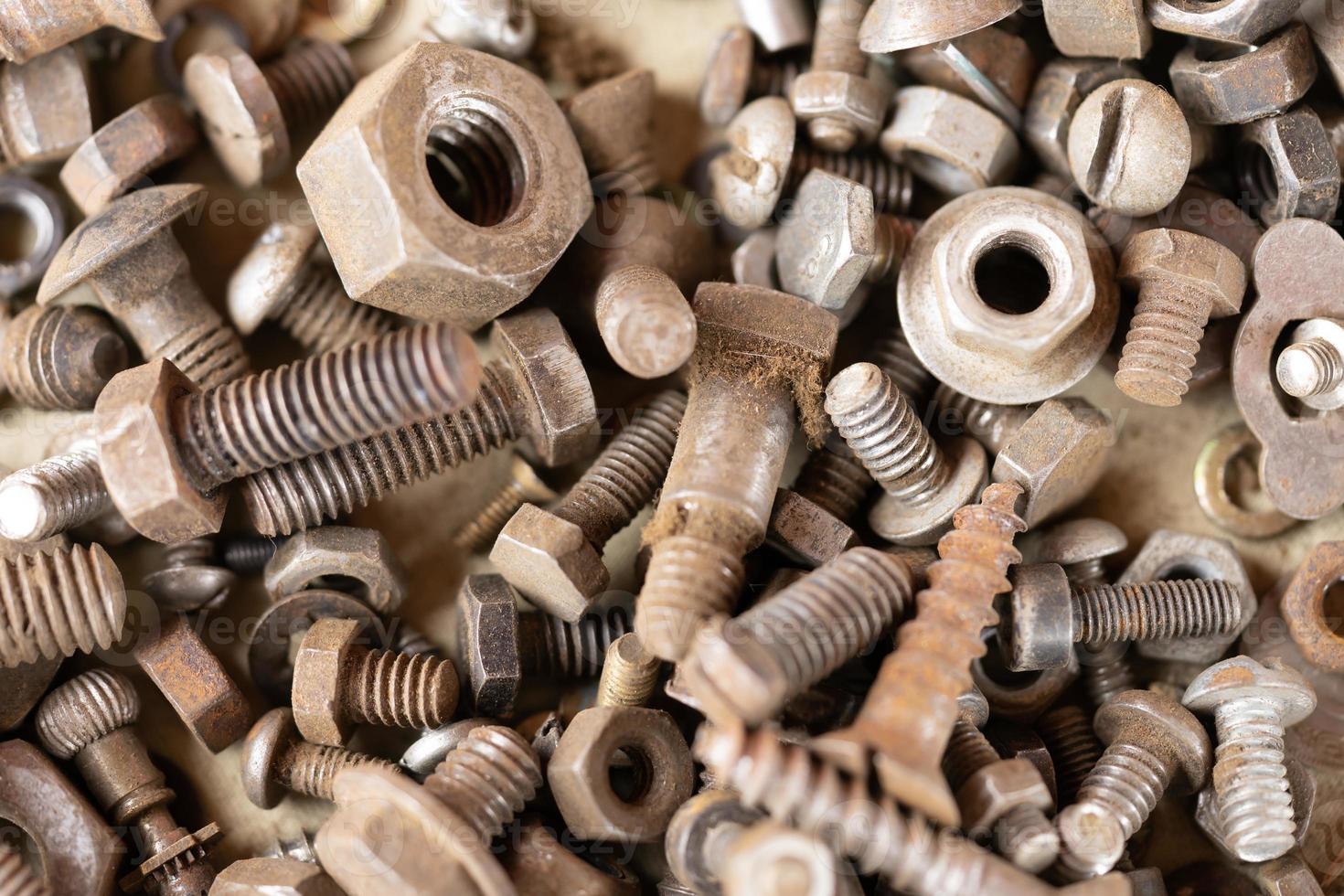Bolts Concerning Nuts and Nuts: A Thorough Dive
In the world of construction, fixing, and DIY endeavors, nuts and bolts are far than merely simple fasteners; they are the often overlooked heroes that hold everything together. From towering high-rises to your home furniture, these tiny yet mighty components ensure that structures stay stable and functional. Understanding the various types of nuts and bolts, along with their applications, is essential for anyone wanting to tackle a task, whether it’s a house remodel or automotive fix.
This comprehensive guide will lead you on a deep dive into the intriguing world of nuts and bolts, exploring their various types, uses, and composition. We’ll analyze the basics of fasteners, examine the most common bolt types and their specific uses, and provide insights into selecting the right fasteners for your project. Whether you are a seasoned professional or a DIY lover, this article intends to prepare you with the expertise needed to manage the numerous options available and select the most suitable nuts and bolts for your needs.
Types of Fasteners and Screws
In terms of nuts and bolts, grasping the various types available is important for every project. Nuts and bolts serve as fundamental fasteners in a wide range of applications, from everyday household tasks to complex construction projects. Each type is designed to meet specific needs, ensuring secure and dependable connections. Key categories include hexagonal nuts and bolts, carriage bolts, lag bolts, and specialty fasteners. Selecting the right type is crucial for gaining the desired strength and functionality.

Hex bolts are among the most common types, noted for their hexagonal heads that allow for easy installation with a wrench. They are typically used in combination with hex nuts to create a robust and stable joint. Carriage bolts, with their rounded heads and square necks, are frequently used in wood applications, offering a smooth finish and secure hold. Lag bolts serve a different purpose, designed for heavy-duty applications where increased strength is necessary, particularly in wood framing and construction.
In addition to these standard types, there are many specialty nuts and bolts designed for specific tasks. For instance, flange nuts provide a larger bearing surface for improved stability, while lock nuts stop loosening due to vibration. Comprehending these variations is essential for selecting the appropriate fastener that aligns with the requirements of your project, whether it involves automotive repairs, home improvement, or heavy-duty construction.
Components and Coatings
When it comes to fasteners and bolts, the choice of substances is crucial for ensuring longevity and performance. Common materials include iron, bronze, and titanium, each offering unique advantages. Steel, particularly carbon steel, is favored for its strength and versatility, making it suitable for a variety of applications. Brass, on the other hand, is immune to oxidation and also provides superior conductivity, which makes it perfect for wiring applications. Titanium, while costlier, offers outstanding weight efficiencies and tolerance to extreme conditions, making it a preferred choice for space and premium engineering.
Finishes play a crucial role in improving the functionality of fasteners and bolts. why not try here is widely used to provide a defensive layer that resists corrosion, while galvanization offers an even robust protective layer. These coatings are especially important in external or aquatic environments where exposure to water and harsh conditions is frequent. Additionally, powder finishes can provide aesthetic appeal alongside robustness, making them appropriate for decorative uses.
Understanding the variances in materials and finishes not only helps in selecting the right fasteners for your projects but also ensures their durability and dependability. For outdoor use, choosing rust-proof options is crucial to avoid frequent substitutions. Those involved in intensive construction or automotive repairs should consider both the strengths of materials and the necessary coatings to achieve optimal performance in their particular uses.
Purchaser Guides and Contrasts
When selecting the correct nuts and bolts for your project, comprehending the variations between metric and imperial fasteners is essential. Metric fasteners are measured in millimeters and are usually found in European and Asian applications, while imperial fasteners are evaluated in inches and commonly used in North American projects. Being aware of the system required for your particular need can prevent time and ensure compatibility with existing hardware.
Assessing nuts and bolts correctly is essential to ensure you buy the appropriate size. Use calipers or a bolt gauge to determine the diameter and length of the fastener you want. Moreover, consider the thread type, as coarse and fine threads serve different applications. A thorough understanding of these dimensions will help you locate the best fit for your construction needs.
In conclusion, when purchasing nuts and bolts, look for superior indicators such as material, finish, and grades. Higher-grade fasteners typically denote superior strength and durability, making them ideal for intensive or essential applications. Always refer to a bolt strength comparison chart to contrast options, and don't hesitate to consult a nuts and bolts glossary to learn with terms that will aid in your acquisition journey.